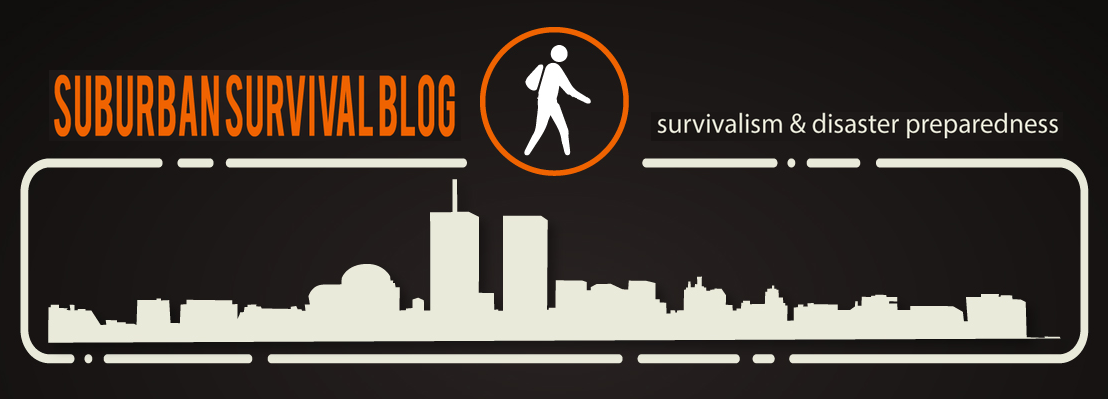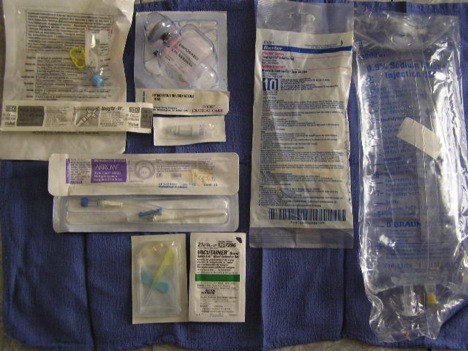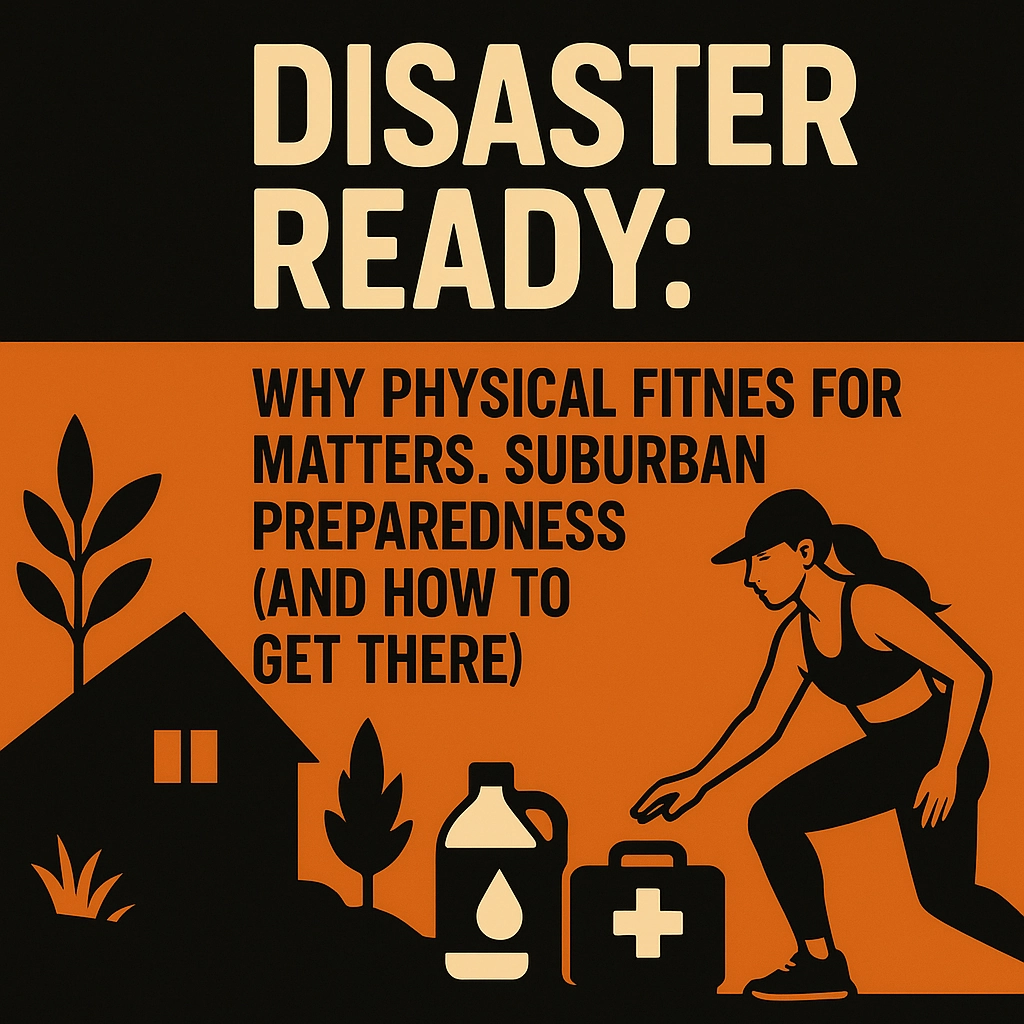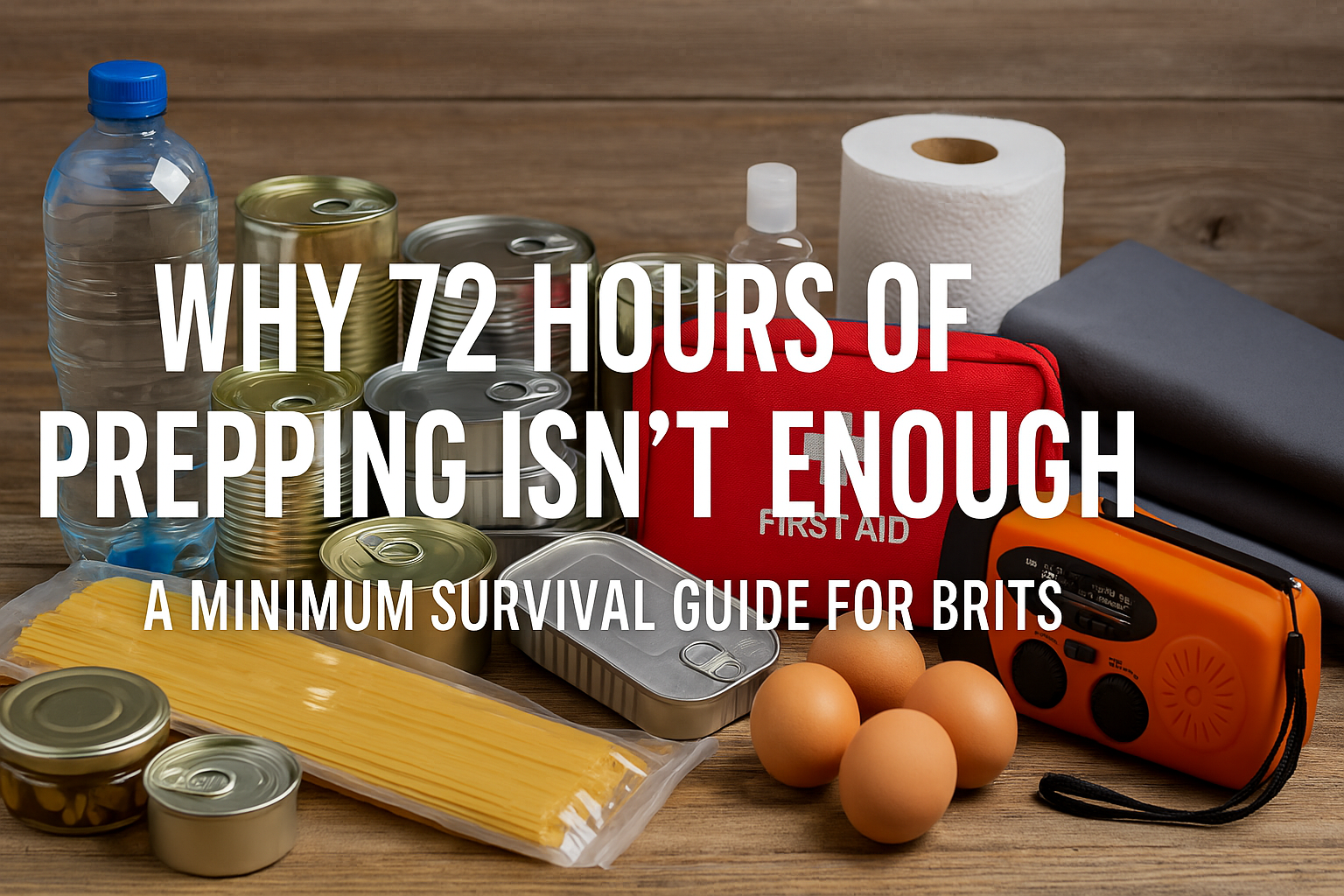We have all heard the phrase “hydrate or die.” unfortunately most Americans fail to heed this advice. When I was working the Arizona desert I noticed an increase in the incidence of pulmonary embolisms. So I did a small study and found that every single person was chronically dehydrated. Most of them had been in the area for less than two years and had moved from an area of high humidity. I asked them how much they drank in a day be it milk, coffee, soda, whatever as long as it was wet and I was shocked by how little moisture people were putting into themselves. I drink at least one gallon per day if I am doing nothing but pounding the keyboard. In the ER people knew I was there because I always had a one gallon jug that I would drink every shift, every once in a while I would drink two of them in a twelve hour shift. Bear in mind that I drank that while working in a nice air conditioned building taking care of patients through the night and there were days I still felt dry after it was all done.
Recently I consulted for a company that has a lot of personnel working outside in the heat for up to sixteen hours a day. I started to instruct these guys to drink more and had the company supply everybody with a hydration pack to encourage them to drink more. This company was doing everything it could to encourage the employees to drink more and even supplied the drinks free of charge. Unfortunately most of them were too stubborn and paid the price with headaches, muscle cramps, and fatigue. I give this example to once again illustrate that even with the information and the supplies we have to make the choice to do the best for ourselves and our bodies.
Let’s look at ways to hydrate.
- Drink it! This is by far the easiest, cheapest, and gives us so many choices with regards to flavors and ways to store our favorite drinks. Water is always number one. The more you work the more you need. The downside to this is after a while you will wash out electrolytes along with those you are sweating out. If we are eating a proper diet this will be mitigated.
- Sports drinks are a good choice also with regards to electrolyte replacement the downside is they are generally high in sugar, which we do need just not in a massive quantity. There are plenty of electrolyte powders that can be added to the water, my personal favorite is H3O by Herbalife.
- Milk, yes it does a body good and hopefully in a post shtf situation there will still be plenty of them around to milk.
- Teas and coffees may also be used. I like herbal teas myself that have no caffeine and since the base is water it will do us good also. There are many that will say that the caffeine will dehydrate you. Yeah if that is all you drink it will have that effect eventually, but it will never remove more than you can take in. Post shtf you can make your own teas if you know how.
- Soda, avoid this crap. If it is all that is available that is fine but mostly it is sugar or a blend of chemicals that cannot be pronounced. There are completely natural chemical free sodas that are less damaging to our bodies but damaging they are. Besides post shtf where are you going to get it? End your addiction to this stuff now.
What if you cannot drink? Well that really sucks. That means that somebody will have to help you to get hydrated because if you are at this point you are already have one foot in the grave.
The Intravenous or IV. This is a way to quickly and safely deliver fluids into the body. It can also be used to deliver medications such as antibiotics and analgesics. The downside to this method is that you need to know how the start an IV and have all the needed supplies. Guess what, the supplies are readily available at most farm or veterinary supply stores. If you are near a college with an EMT, Paramedic, or Nursing program go and check out their book store. The college near me has all three and I can buy complete IV packs including the fluids, tubing, and IV catheters for three IVs for $20. Try and get that from the local ER for that price. Generally in the ER I would give you an IV of 0.9% saline, also known as Normal Saline. This is the percentage that our bodies naturally run on. Occasionally I would give Lactated Ringers or D5W- a 5% dextrose in water solution. LR will probably be less available and is not something you could make at home. The problem with using D5W is that it will was out the sodium if it is used continuously and the sodium is not being replaced then your buddy will die, which would really suck.
Post shtf IV treatment will most likely not be done in a hospital. Rather one will have to “guess” as to the level of hydration you have reached for your patient. Easiest way is to evaluate the level of urine production. If it comes out as fast as it goes in then you can probably stop with the IV. Listen to what they are telling you.
Homemade Normal Saline Solution, NSS — First gather your supplies, previously purified water, salt, pot, sterile vessel for the fluid. In a pot place 1/ 4 tsp. salt for every 1 cup of water and boil for 15 minutes. Once it is cool place in sterile vessel. Remember this a is a last ditch post shtf way to make an IV solution
As for starting the IV, it is not that hard for a generally healthy individual and should be practiced prior to you needing or giving that type of help. There are plenty of courses out there for learning how to start an IV, a local one for me is a wilderness first aid course. I encourage everyone reading to get out there and do such a course.
Next is similar to the intravenous but should only be attempted by somebody that has been trained and that is the Intraosseus or IO. This technique involves inserting a needle directly into the bone. It is very easy to do correctly and just as easy to screw up. This should be the absolute last ditch if I do not do this my buddy dies method, mostly because of the risk for tissue injury and infection. Should you have instruction in this method and want to practice this type of insertion, use a Turkey leg to practice the insertion.
Another way to introduce fluids that is similar to the IV is the subcutaneous line, SC, which entails inserting a needle under the skin. The easiest way to start this is the pinch the skin and inset the needle at the base of the tent formed by the pinch. Most people use the butterfly type of needle but a regular IV catheter can also be used. Prime the IV tubing and attach it to the SC needle. Tape it well and do not let the fluids free flow or they will look like they have Popeye arms, not good. Run it as fast as their tissue will absorb the fluid. If it starts to get all puffed up, back it off until the swelling goes down.
Finally a method that is super simple and just about everybody can do it. All you need is a long tube, a funnel, and a source of the cleanest water possible, the NSS describe above would be best. Insert the funnel into the hose; insert the other end of the hose into the rectum. Be sure and push it in as gently as possible and remember they may have to return the favor one day. Insert the tube roughly the same length as that person’s middle finger. The tube should be roughly the diameter of that person’s pinkie finger. In a pinch for a full grown adult a short length of garden hose could be used. Try to purge the air from the line prior to insertion or the first thing in will be air, not water. Add the water until it no longer flows freely and just sits in the funnel. Remember to keep the funnel a few feet higher than the patient, because gravity works. As soon as they can drink remove the tube.
For references, on how to properly start any of these lines please seek professional instruction. At the very least get a medical textbook that shows the proper techniques. There are a few good videos on Youtube, but they are really not geared for a post shtf situation. As always this is just for information purposes and should be used at your own risk.










Garden hose? Hope I don’t need to use that information some day Shane.
I grew up hunting and backpacking in the AZ desert. One year I learned a lesson about rehydration salts or sports drinks while hiking in the Superstition Mountains. A day hike into La Barge Springs from the Peralta trailhead turned into an overnight search & rescue mission when we ran into a very lost and poorly equipped father with 2 children in tow at about 4pm. I had been drinking lots of water all day from my hydration pack, refilling it by filtering water at springs as I went. I ended up covering about 23 miles that day, running the las 5 or so. Needless to say, I was beat up and thirsty by the end … but if I took one more sip of water, I would have puked my guts out. Puking will help dehydrate you fast. I instinctively knew I could have drank Gatorade though. Ever since then I carry Gatorade G2 packets in my canteen ensemble and my hydration pack.